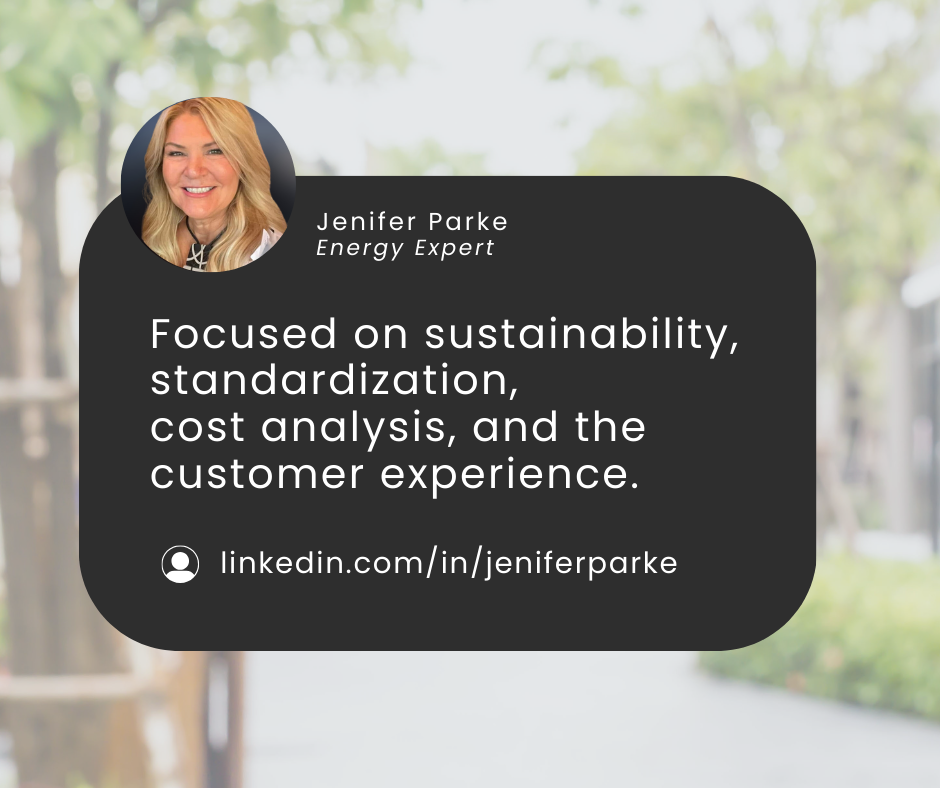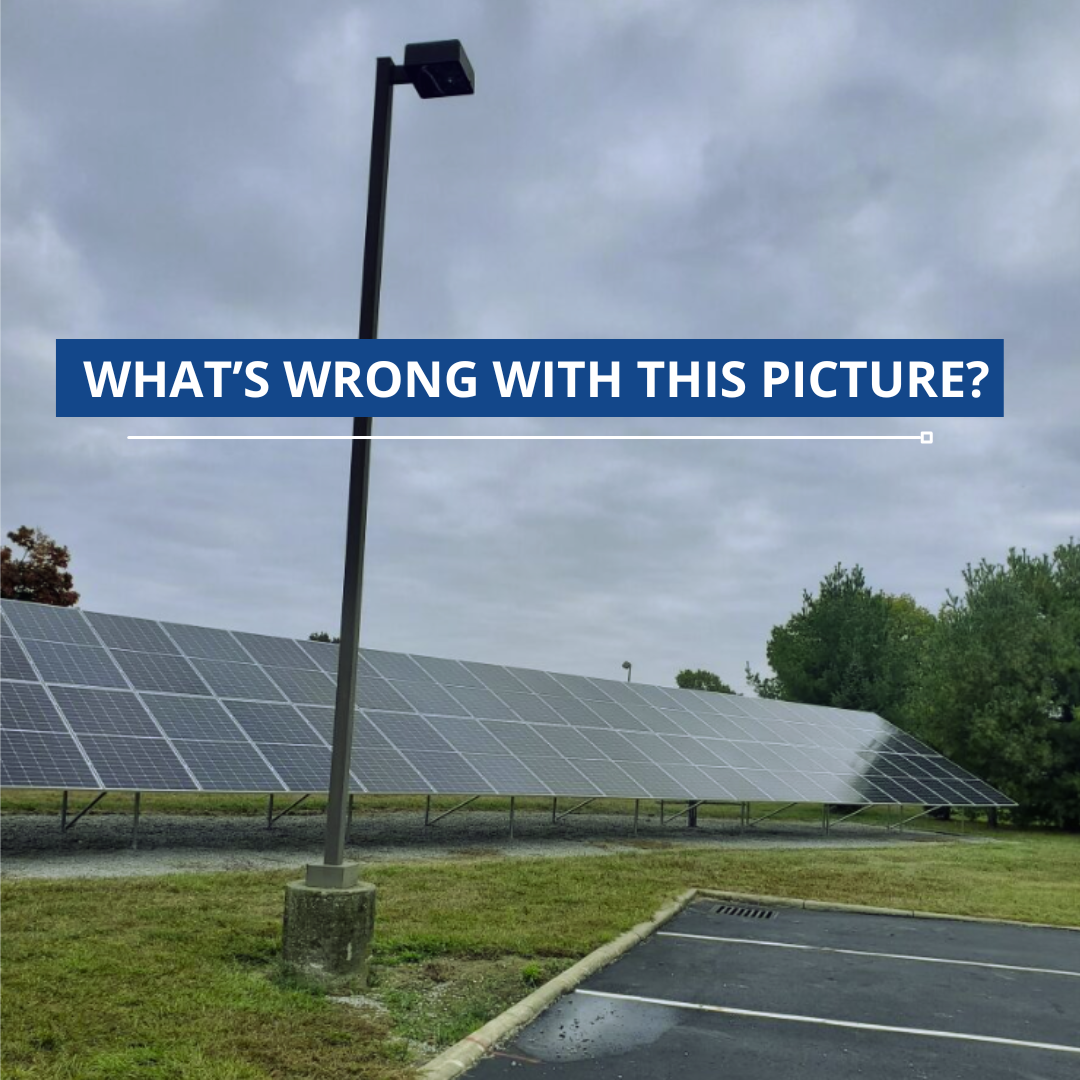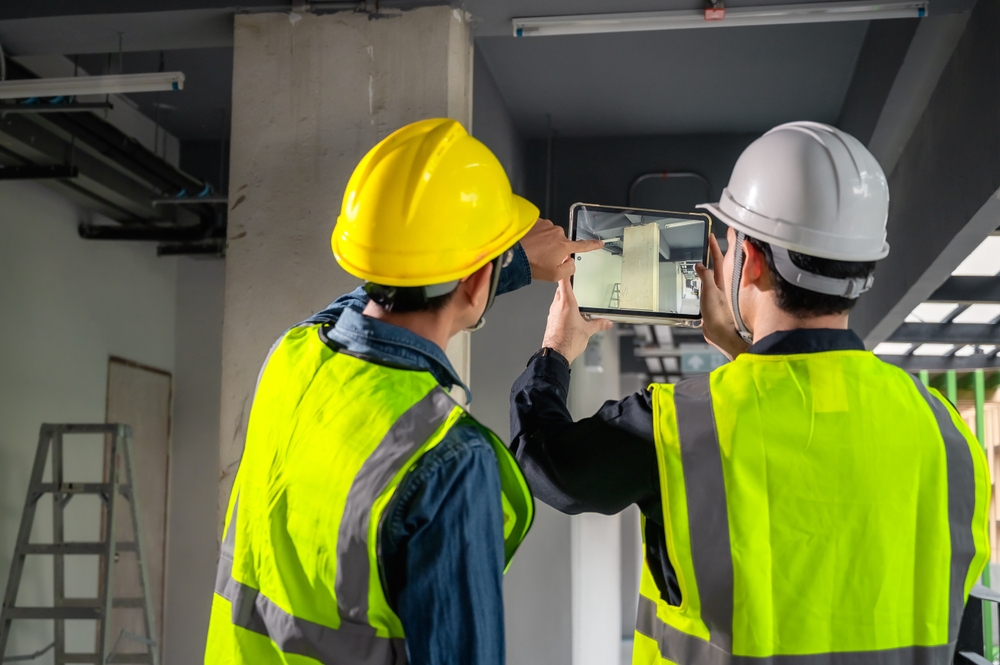We are experiencing a movement where auto dealerships, franchises, business, and property owners are making strategic moves to align with evolving consumer preferences, environmental regulations, and the broader shift toward eco-friendly practices. One of the many impactful shifts taking place is within the automotive landscape, more specifically, the surge of electric vehicles (EVs) and fleet EVs. This has prompted businesses to reevaluate their strategies with many choosing to invest in EV charging infrastructure, and if applies, take advantage of various local and federal incentives and grant programs.
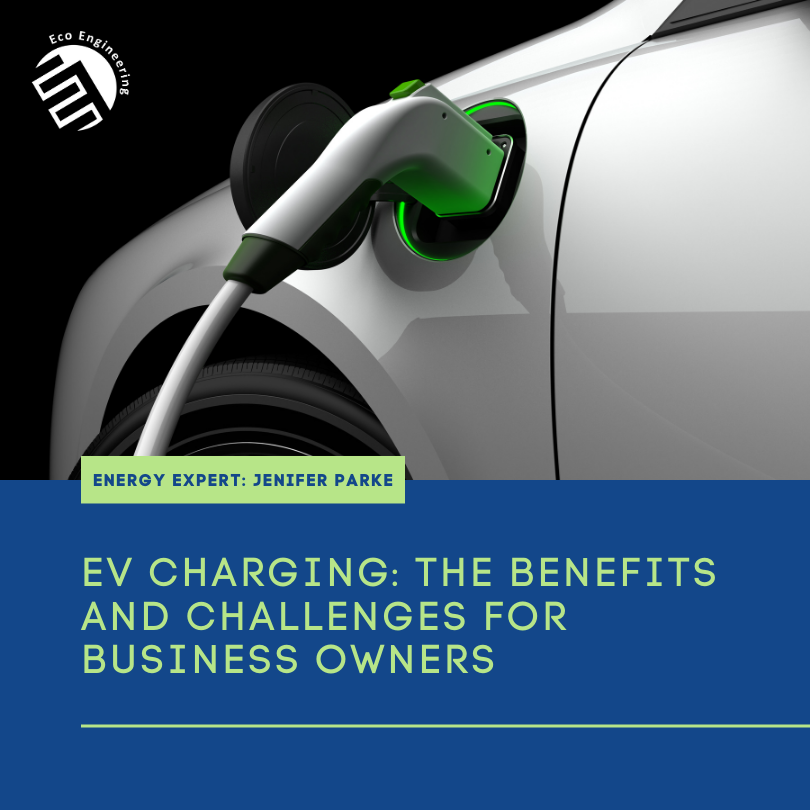
We asked Jenifer Parke, Energy Expert at Eco Engineering, to highlight how business owners embracing EV charging infrastructure can benefit by attracting a broader customer base, enhancing brand image, creating additional revenue streams, and take advantage of government incentives and grants. Jen also shares challenges that business owners should be prepared for in the transition to EV charging infrastructure, and how the right partner can help owners navigate the challenges.
4 Benefits of EV Charging Infrastructure
1. Increased Foot Traffic, Customer Loyalty, and Employee Appreciation
As the demand of EVs continues to rise, so does the demand for accessible charging stations or fleet vehicle charging. By embracing EV charging infrastrusture, it can introduce new ways for brands and business owners to connect with a broader customer base and further position themselves as a leader in sustainability. In addition, to attracting more customers, it also presents the opportunity to provide an advantage to current and future employees and their need for access to EV charging.
ROI: Increased foot traffic can lead to higher sales and enhanced customer loyalty and employee appreciation.
2. Positive Public Relations
Business owners who adopt EV charging showcase their commitment to environmental responsibility and innovation. This positive association can lead to increased brand loyalty and trust among consumers, as they align themselves with businesses that prioritize a sustainable future.
ROI: News of a business’s commitment to sustainability and investment in EV charging infrastructure is picked up by local media, creating positive public relations and community goodwill.
3. Additional Revenue Stream
While the initial investment of EV charging infrastructure may seem substantial, business owners should consider the opportunity to create additional revenue stream(s) to monetize their investment. Options can include subscription models like credit card transactions per usage, advertising, pay-per-use fees, or partnerships with EV manufacturers.
ROI: A business owner partners with an EV charger manufacturer to gain revenue through credit card transactions for each use of the EV charging unit.
4. Government Incentives and Grants
By installing EV charging infrastructure, commercial businesses may qualify for tax credits, grants, or other financial benefits from local or federal government programs. These incentives aim to support the adoption of EV technology, reduce carbon emissions, and promote environmental sustainability.
ROI: In regions with supportive policies, business owners may benefit from government incentives for installing EV charging infastrucure, reducing the overall financial burden.
4 Challenges of Investing in EV Charging
1. High Initial Investment
Some business owners may not realize the upfront expenses involved in setting up EV charging infrastructure, including costs for engineering, design, materials, and labor.
Solution: Though the initial investment for EV charging infrastructure can be steep, partnering with the right organization can help business owners find federal and local programs that offer incentives or grants to significantly reduce costs. For example, Eco Engineering is assisting Ford Motor Company’s Blue Oval Charging Network, a recent initiative aiming to install over 84,000 EV chargers across North American dealerships. Through collaborations with local Ford dealerships in Pennsylvania, Eco Engineering is helping to cut project expenses using local grants and incentives.
2. Controlling Utility Rates
It can be common for a utility to raise the average rate for usage after EV charger infastructure have been installed creating an unexpected cost increase, impacting the ROI. An electricity bill could average around $200 per month, and unexpectedly increase to $500 without the proper contracts in place.
Solution: This can often be an oversight in the project cost and ROI, but Eco Engineering can help business owners negotiate with the utility to ensure more predictable and affordable pricing.
3. Technological Evolution
Rapid advancements in EV technology may result in charging infrastructure becoming outdated sooner than expected, necessitating ongoing investments to stay current.
Solution: Manufacturers such as ChargePoint, Blink, and EVMax powered by Lyncwell have dedicated expert resources to ensure ongoing maintenance support is available to their customers.
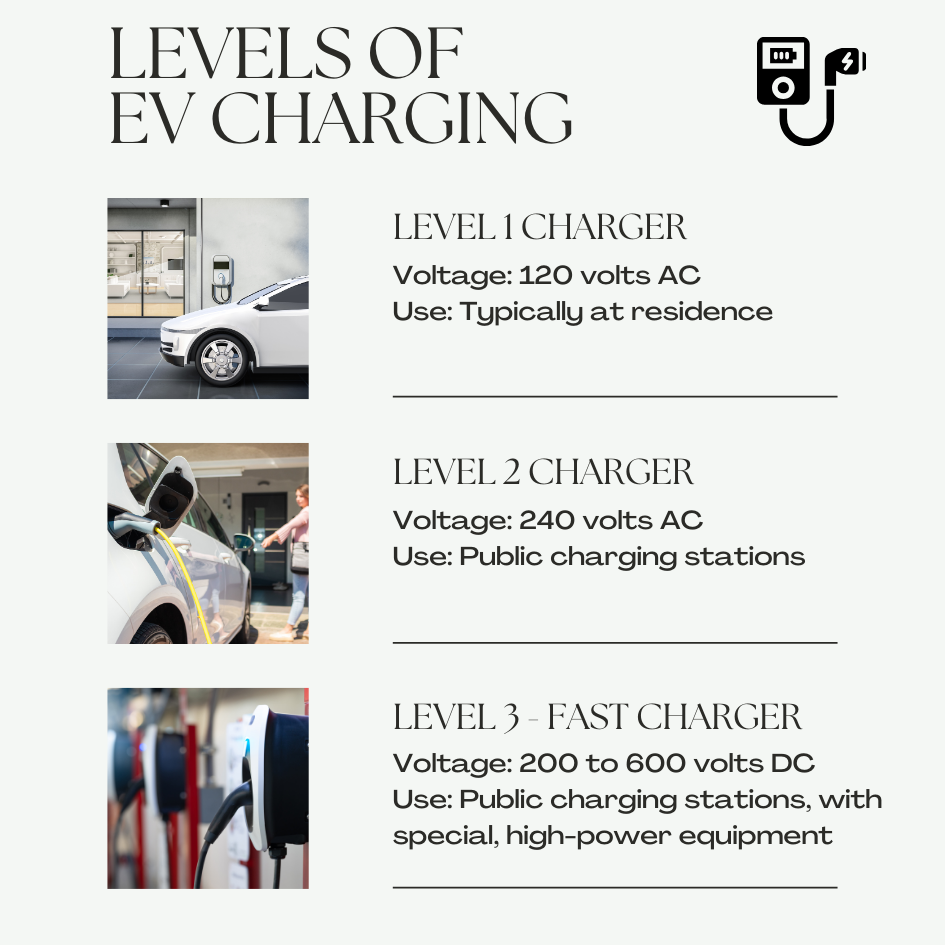
4. Understanding Which EV Charging Station Levels Business Owners Need
Determining the EV charger infastructure and level you need to install onsite can come with challenges such as anticipating what consumers will require at your business. There are multiple factors to consider in your selection such as infrastructure, compatibility, safety, and cost. Here are the three primary EV charger levels to consider installing:
- Level 1 Charging:
- Voltage: 120 volts AC
- Power Output: Typically, around 1.4 to 1.9 kilowatts (kW)
- Charging Speed: Slow
- Usage: Employing a standard household electrical outlet (NEMA 5-15)
- Charging Time: This is the leisurely option, suitable for overnight charging or if your daily driving demands are modest.
- Level 2 Charging:
- Voltage: 240 volts AC
- Power Output: Ranging from 3.3 kW to 19.2 kW or more
- Charging Speed: Moderate
- Usage: Requires dedicated charging equipment, usually installed in residential garages or at public charging stations. Common connectors include SAE J1772 and Tesla’s proprietary connector.
- Charging Time: Faster than Level 1, striking a balance between residential and public charging. Level 2 charging is ideal for daily needs and can replenish most EVs in a matter of hours.
- Level 3 Charging (DC Fast Charging):
- Voltage: Typically, 200 to 600 volts DC
- Power Output: Ranges from 20 kW to 350 kW or more
- Charging Speed: Fast
- Usage: Geared for public charging stations, necessitating specialized, high-power equipment. Common connectors include CHAdeMO, CCS (Combined Charging System), and Tesla Supercharger.
- Charging Time: Level 3 charging is notably swifter than Level 1 and Level 2, offering rapid charging for long trips or quick top-ups. Charging times can be as brief as 30 minutes for an 80% charge, contingent on the vehicle and charging infrastructure.
The rise of electric vehicles (EVs) is reshaping the game, and many businesses are stepping up to align with evolving consumer preferences, sustainability goals, and beginning to recognize the potential revenue advantages that come with investing in EV charging infrastructure.
For business owners looking for long-term success in a competitive market, the benefits outweigh the challenges for installing EV charging infrastructure and should consider partnering with proactive EPC contractors who provide end-to-end support and cost-saving solutions through leveraging federal and local incentives and grant programs.
Eco Engineering offers a range of services that can help companies meet ESG criteria by improving energy efficiency and implementing sustainable energy systems and resiliency. For over 30 years, Eco Engineering has been completing energy-saving LED lighting retrofits for commercial & industrial customers and ESCO partners. Learn more about our services, including EV Charging infastructure or contact us now to connect with our EVSE Expert, Ken Wirtz.

About Jenifer Parke. Based in New York, Jen has over 20 years of experience as a leader in the energy & services industry and is recognized for driving energy reduction focusing on sustainability, standardization, cost analysis, and the customer experience. At Eco Engineering, Ms. Parke is specifically responsible for identifying and deploying performance-based contracts, Energy Efficiency as a Service, single & multi-site program management, Electric Vehicle (EV) charging, and Renewable Energy Generation platforms across North America. Read more of her expert blog articles here.







